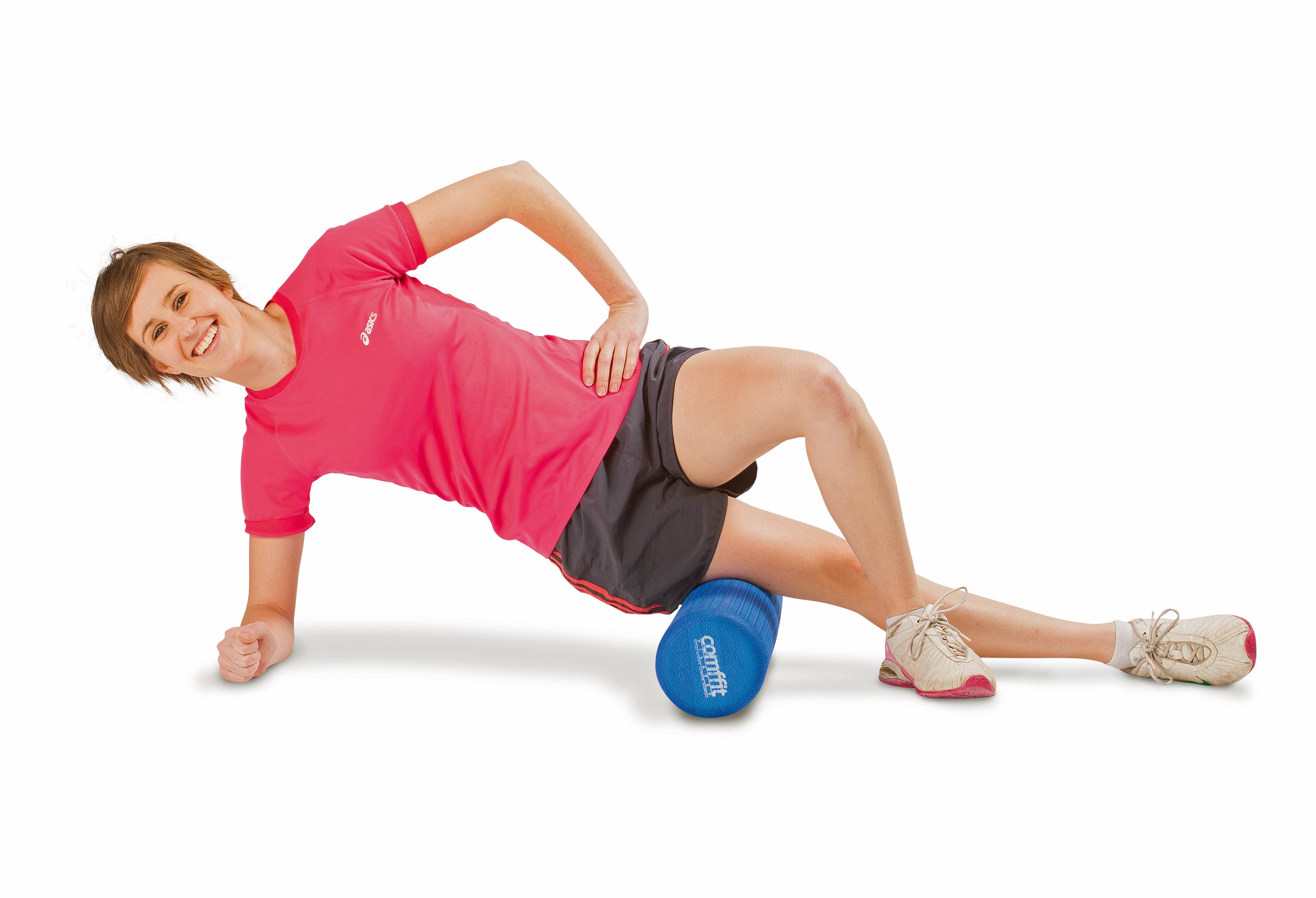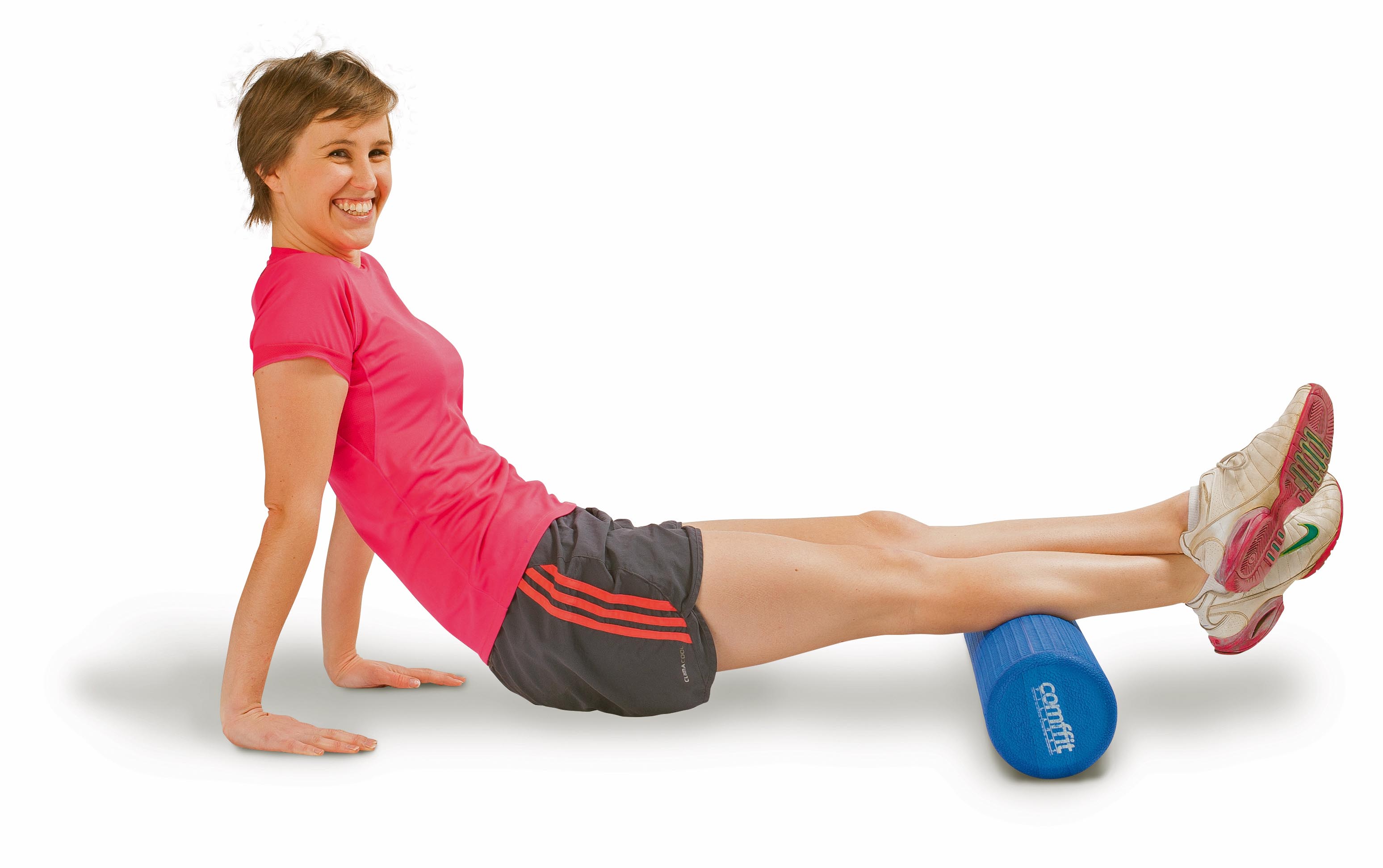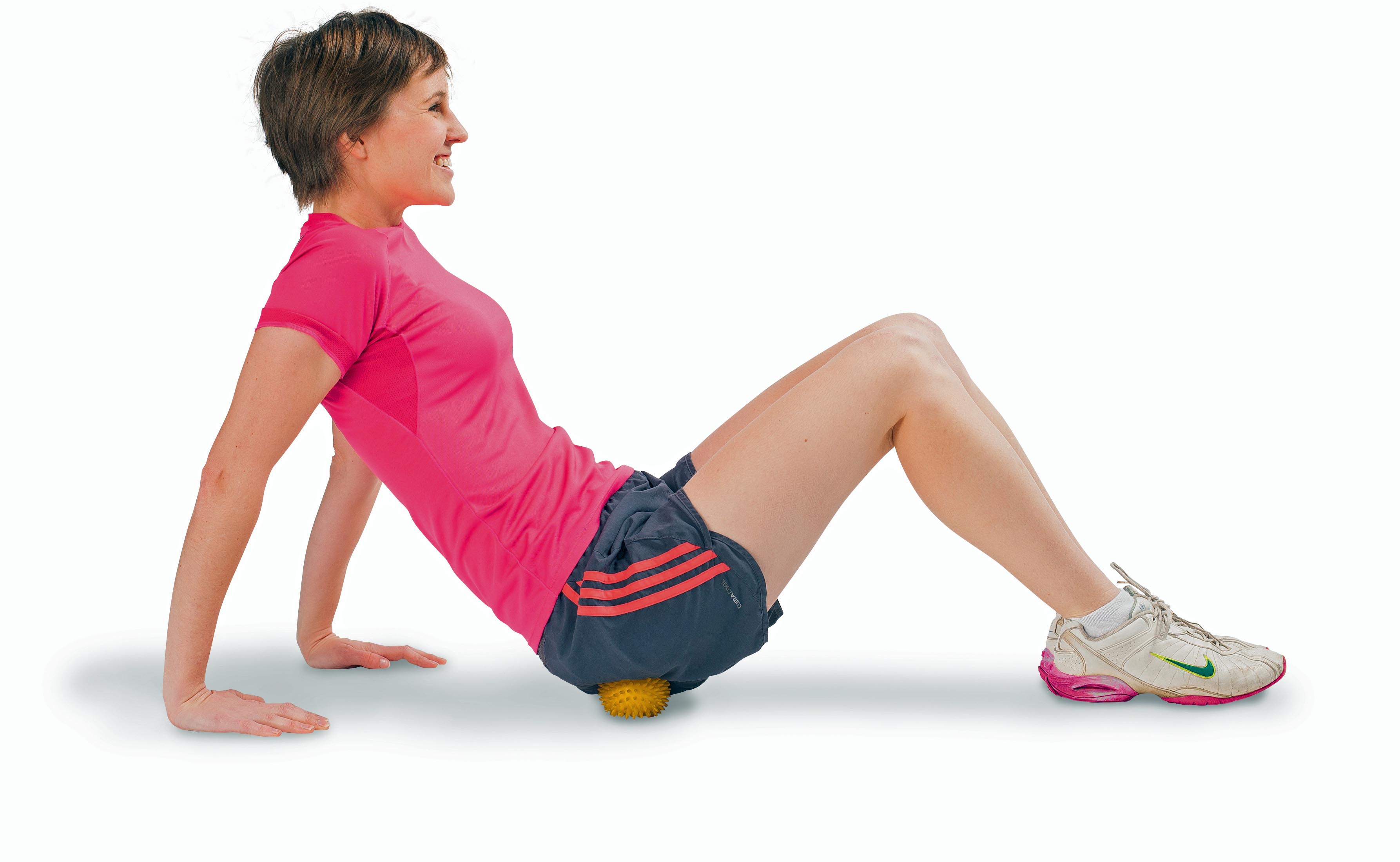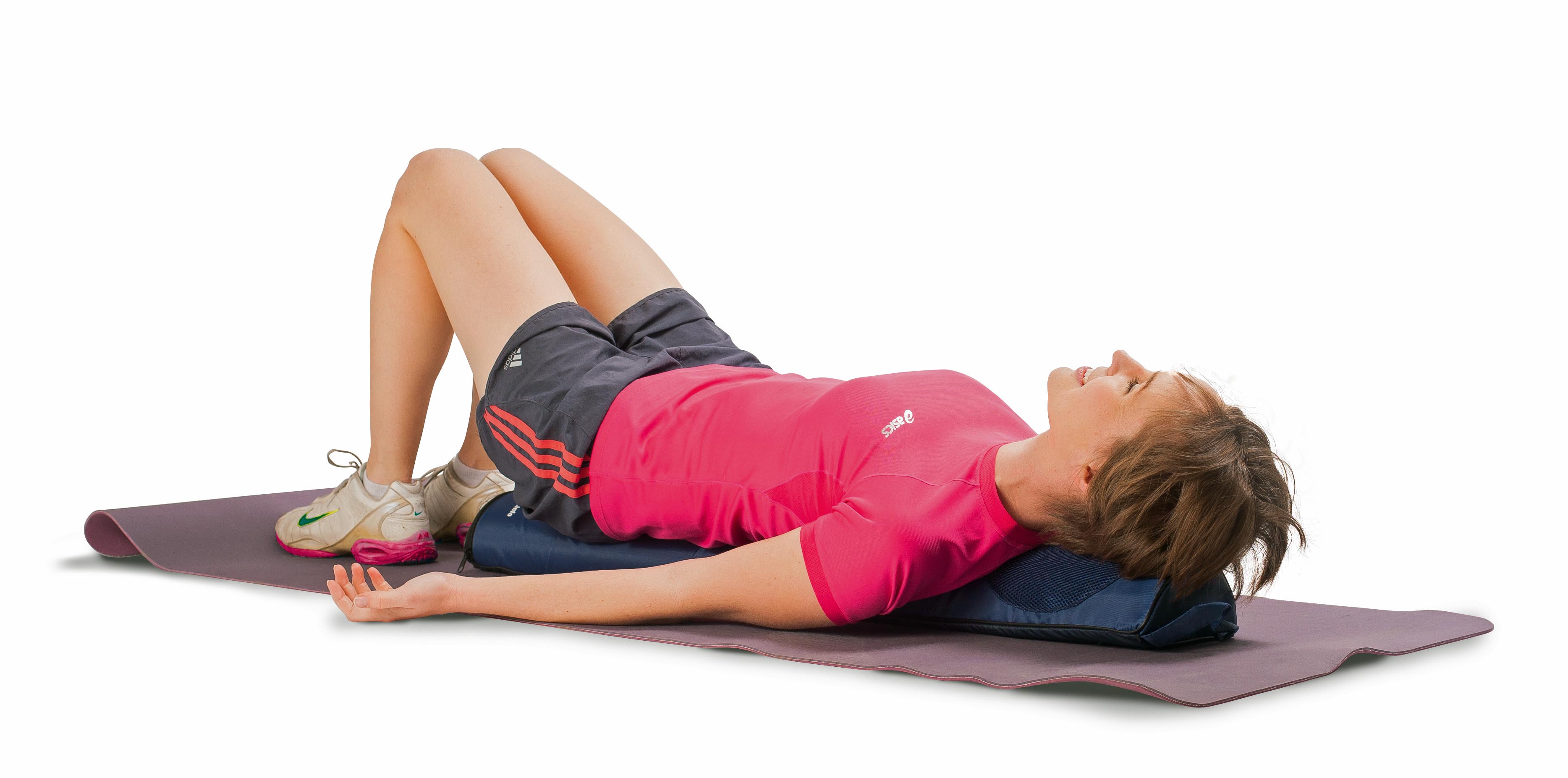Got knots and strains stretching can’t fix? Myotherapist Andrew Pell has self-massage techniques to target the common ones.
Muscle tightness and discomfort is a regular problem for many people. This can result from long training rides, previous injuries, general fatigue, poor posture and, most commonly, being desk-bound during the week. Muscles often develop hypersensitive ‘knots’ called trigger points. Identifying these points can sometimes be easy due to the area being tender under light touch. It is also common for these points to refer pain to a distal location when pressure is applied. Unfortunately, trigger points do not always respond to stretching and periods of rest. If not treated and managed correctly trigger points can lead to early muscle fatigue, loss of strength, further injuries and overall reduced performance. However, in conjunction with a consistent stretching regime, the use of self-massage techniques such as these can be a powerful tool to deactivate trigger points, promote blood flow to tight spots and keep your muscles feeling fresh.
Iliotibial band and quadriceps
One of the most common complaints among bike riders is tightness in the quadriceps muscle group and iliotibial band (ITB). Although the ITB is not a muscle but a band of connective tissue called fascia, it responds very well to self-massage with a foam roller. Trigger points and tightness in this area can cause discomfort and pain, particularly around the knee and hip joints. This easy self-treatment eases quad tightness and, over time, should decrease ITB tightness too. The best thing is that you can even do it while watching TV!
1) Position yourself as shown in the picture below and slowly roll up and down over the side of your thigh. It’s important that you use light pressure the first time you attempt this technique to see how your body responds. If you use too much pressure initially, your muscles may respond negatively and tighten up even more.
2) Roll up and down the area several times for around 2-3 minutes each leg or until you feel a softening in the muscle group. Stop and hold areas of increased tightness and soreness—these spots are likely to be trigger points and may refer slight discomfort down to the knee. Relocate the foam roller to ensure the entire section of muscle and fascia is worked thoroughly.
Calf and lower leg
Muscle tightness and fatigue through the back of the lower leg is another common complaint among bike riders. The calves and surrounding lower leg muscles are well used in the down-stroke of the pedalling motion, particularly when powering up hills.
1) Resting on your hands, place the foam roller under your lower leg as seen in the picture.
2) Gently roll up and down each leg for 2-3 minutes focusing on those tender spots.
3) Ensure you cover the whole muscle group from the Achilles tendon right up to just below the back of the knee.
Glutes
Your gluteal muscle group is extremely strong and an important stabiliser of the pelvis and hips. Trigger points within the glutes can lead to lower back pain and poor muscle activation.
1) Place a tennis ball or spiky massage ball under your gluteal muscle group as seen in the picture below.
2) Gently move your hips to target different tender points. When you find a tender spot, hold for 20–30 seconds until the muscle releases and the discomfort eases.
3) Another option when you find a tender spot is to slowly straighten out your leg. This is more of an active release for those feeling confident.
Thoracic spine and pectoral muscles
Stiffness and soreness through the top of the shoulders and thoracic spine is a very common problem. This can occur from having a desk-bound job, a hunched riding position, poor posture and tight muscles through the middle and upper back.
1) Gently position yourself as shown below and ensure your head is supported either on a Posture Pole, foam roller or a pillow.
2) Position the Posture Pole or foam roller in the middle of your back and gently allow your arms out to the side. Aim for a comfortable stretch through the front of the chest (pectoral muscle group).
3) Take three deep breaths in the position and feel your arms relax closer to the ground as the muscles release through the front of your chest.
Please note that the best self-massage programs can be specifically designed by musculoskeletal specialists.
Andrew Pell is a Myotherapist in Northern Myotherapy in Brunswick, Melbourne.
Ride On content is editorially independent, but is supported financially by members of Bicycle Network. If you enjoy our articles and want to support the future publication of high-quality content, please consider helping out by becoming a member.





Good post!